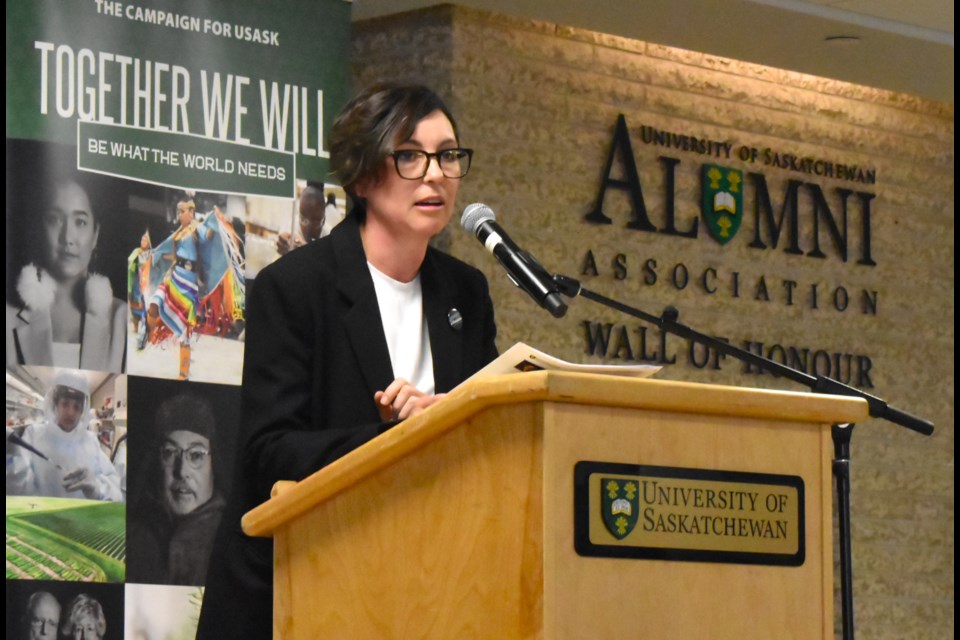State House lawns go green to 'lead by example
Posted on February 5, 2013
If Marylanders should think of the Chesapeake Bay when caring for their lawn, why shouldn’t the state do so too?
The grounds at the State House complex in Annapolis are getting an eco-friendly makeover, with workers eschewing pesticides and trying nonchemical practices, such as overseeding and using compost, to boost the grass.
“We wanted it to look good, but we didn’t want to jeopardize the health of the bay,” said Sam Cook of the state Department of General Services, who is the director of the complex.
The state is partnering with the Maryland Pesticide Network on the multiyear project.
Ruth Berlin, executive director of the nonprofit group, said the partnership grew out of a meeting with Gov. Martin O’Malley’s “bay cabinet” — his top environmental advisers and secretaries — a couple of years ago.
A discussion led to a plan to use state government property as a demonstration site for responsible lawn care practices.
The State House was chosen, among other reasons, because it sits on a hill and rainwater carries pollutants straight down into the waters at City Dock.
The landmark building also has high visibility, with tens of thousands of lawmakers, lobbyists, students, tourists and citizens visiting each year. In nice weather, people picnic and relax on the lawns.
“It’s the seat of our government. If you’re going to lead by example, there are so many visitors there and you can educate so many people,” Berlin said.
The pesticide network recruited donations from lawn care experts, who helped create a plan for improving the soil without the use of harsh chemicals.
Among the steps that have been taken at the State House: testing the soil, feeding the soil nutrients through compost and other natural means, overseeding with tall fescue grass, aerating the soil, mowing the grass to 3 inches, letting the clippings stay on the ground, and avoiding chemical pesticides.
While the initial costs were covered by donations, Cook expects the costs of maintaining the lawns naturally will be comparable to conventional lawn care.
Even though it’s the dead of winter, Cook said the lawns already look healthier and have fewer weeds such as clovers. He expects it to green up nicely in the spring.
“This was kind of a good jump-start for us,” he said.
To spread the word, the state is working on a Web page that will be hosted on the “Smart, Green and Growing” section of the Department of Natural Resources’ website.
via State House lawns go green to lead by example – CapitalGazette.com: Government.
![]()





Can MUNICIPALITIES and HOME-OWNERS afford the HARDSHIP AND COST of this #@!!% PESTICIDE BAN NONSENSE ?!?! NO ! When it comes to PESTICIDE BANS, Municipal Officials can learn a lot from the experience of those jurisdictions that have SUFFERED THE HARDSHIP AND COST OF THIS #@!!% NONSENSE ! http://wp.me/P1jq40-43V Organic Pesticide-Free Maintenance is promoted by ENVIRO-VERMIN with UNVERIFIABLE SUCCESS STORIES ! It is a DISMAL FAILURE ! http://wp.me/P1jq40-3yl Green Alternative Pesticides, as well as Organic Fertilizers, are often owned and distributed by the VERY SAME ENVIRO-VERMIN who CONSPIRE to IMPOSE Anti-Pesticide PROHIBITION. The question of Anti-Pesticide PROHIBITION revolves less around health and environment concerns, and more around THE SALE OF PRODUCTS AND SERVICES that are SOLD AT STUNNINGLY EXORBITANT COSTS. Anti-Pesticide PROHIBITION is a SALES STRATEGY used to keep people from purchasing conventional products that are NOT sold and distributed by people like Paul Tukey and Chip Osborne. http://wp.me/P1jq40-3AG WILLIAM H. GATHERCOLE AND NORAH G https://pesticidetruths.com/